Case Number : Case 1278 - 18 May Posted By: Guest
Please read the clinical history and view the images by clicking on them before you proffer your diagnosis.
Submitted Date :
The 60-year-old male with a biopsy of a lesion on the chin.
Case posted by Dr Mark Hurt
Case posted by Dr Mark Hurt


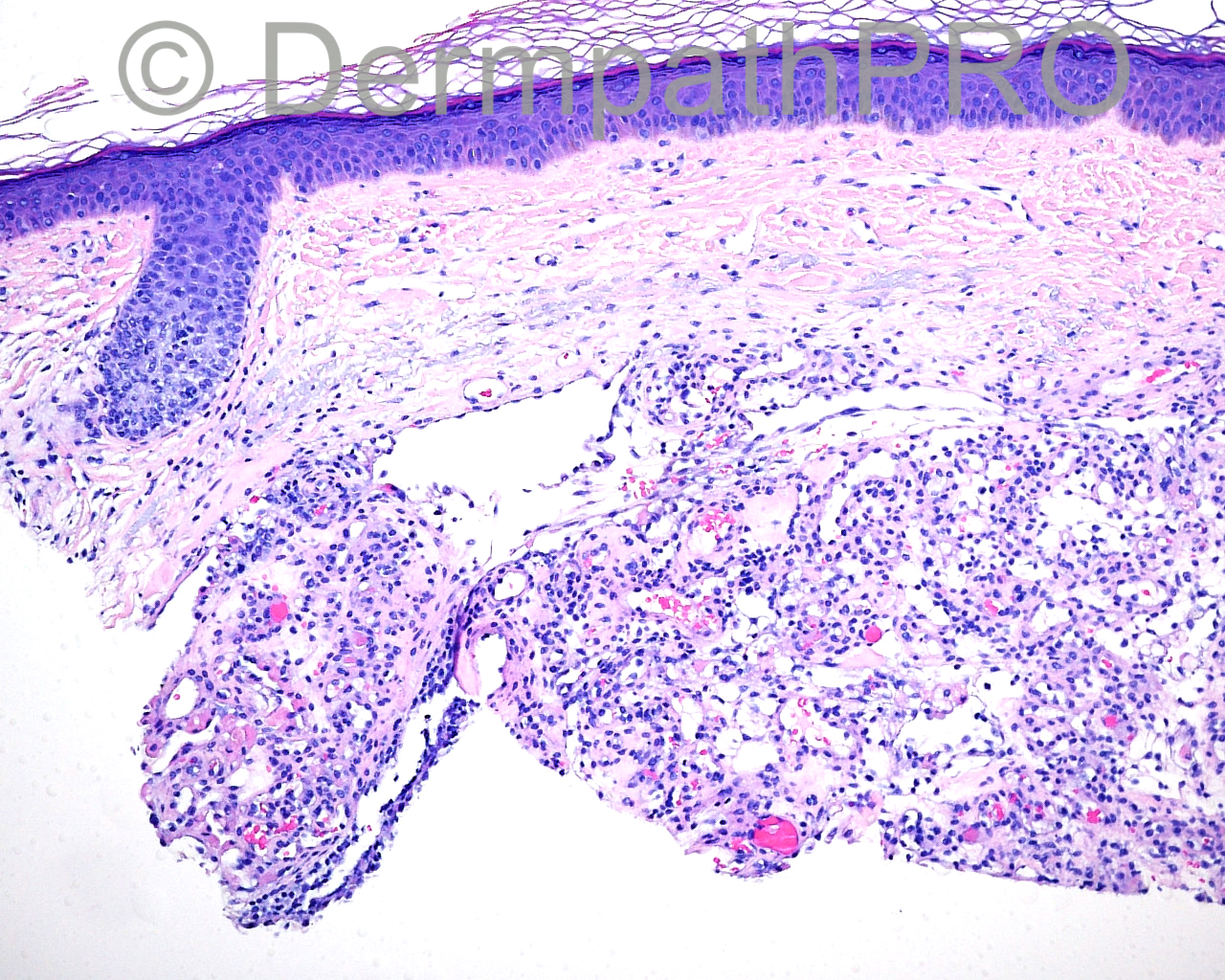




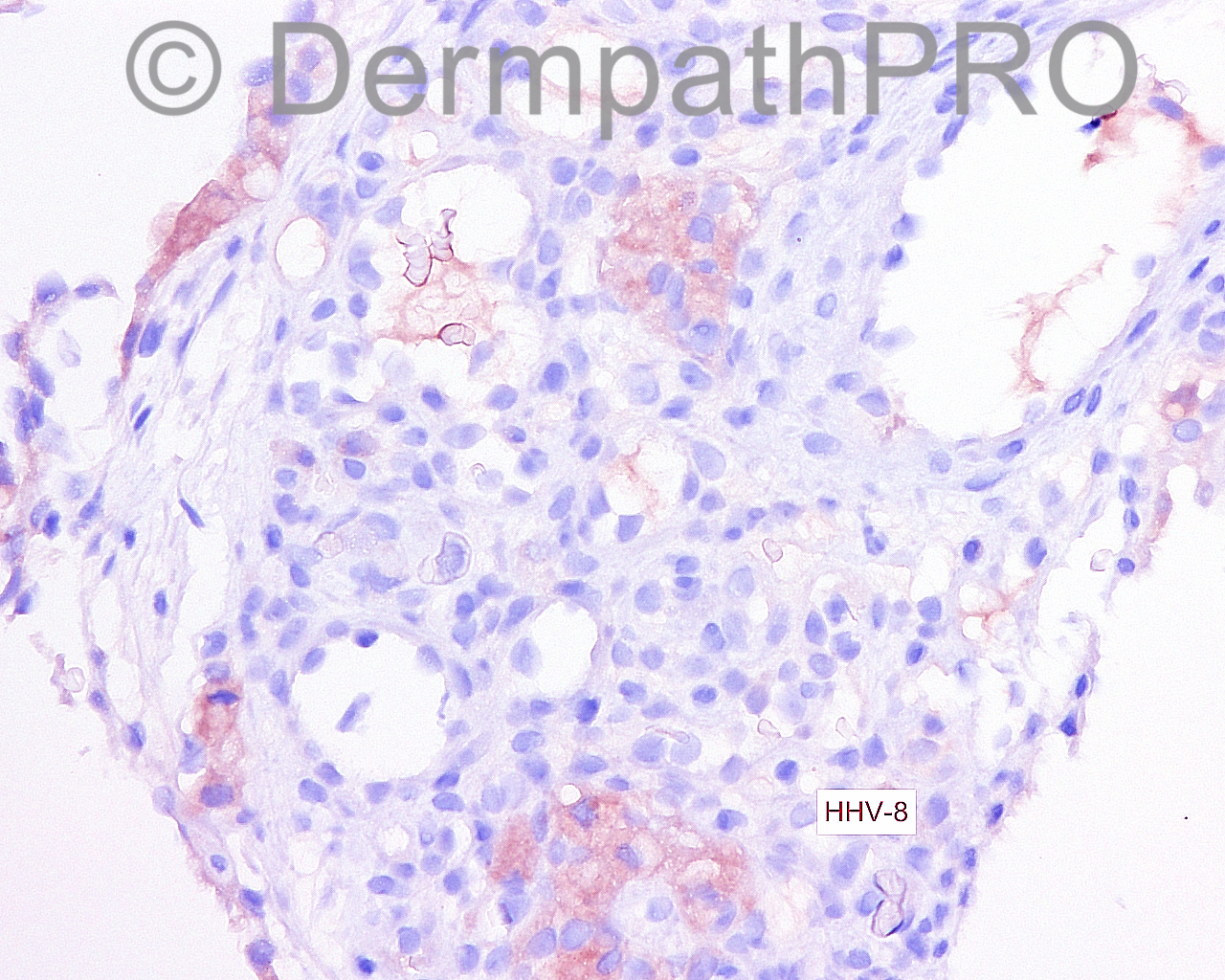
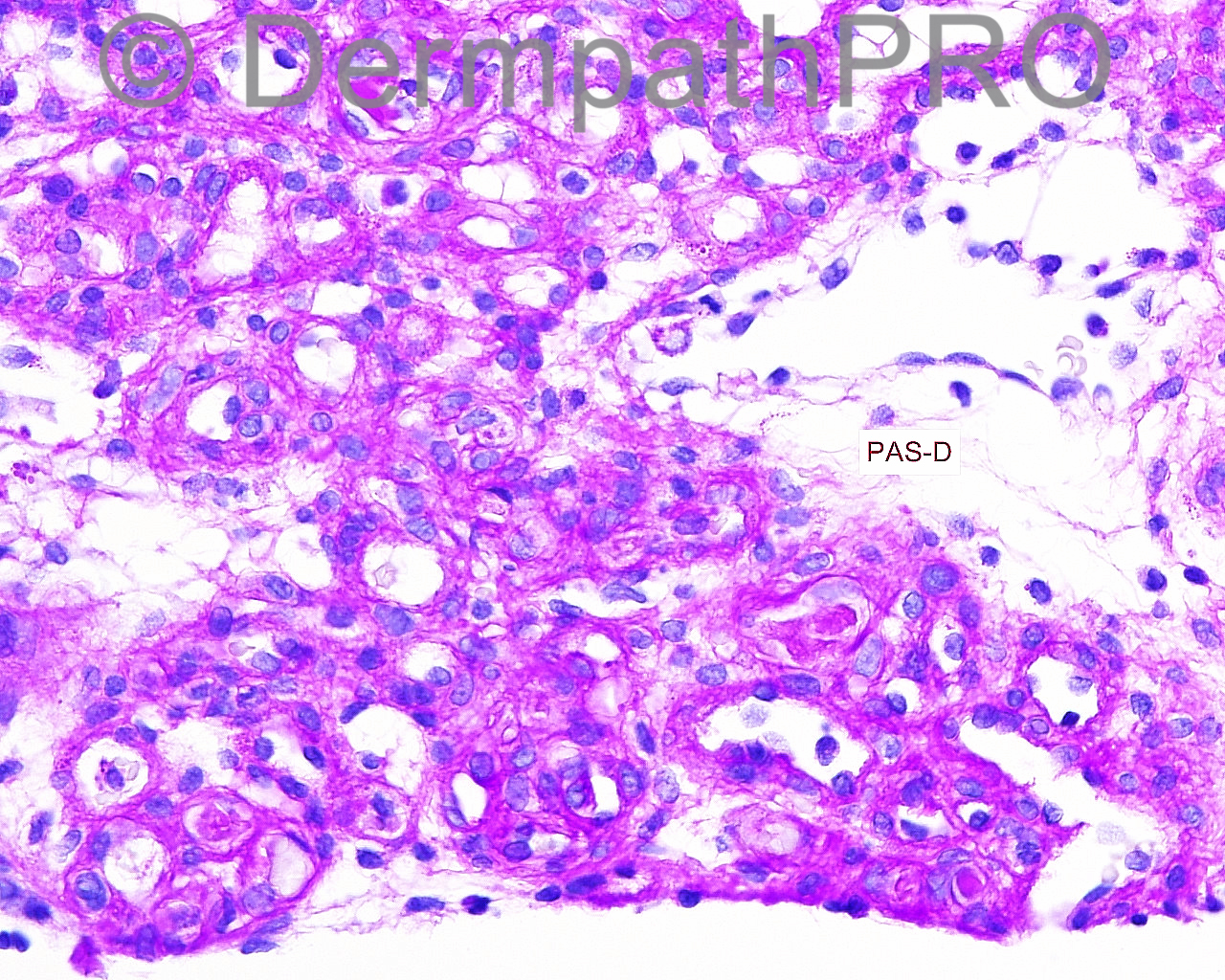
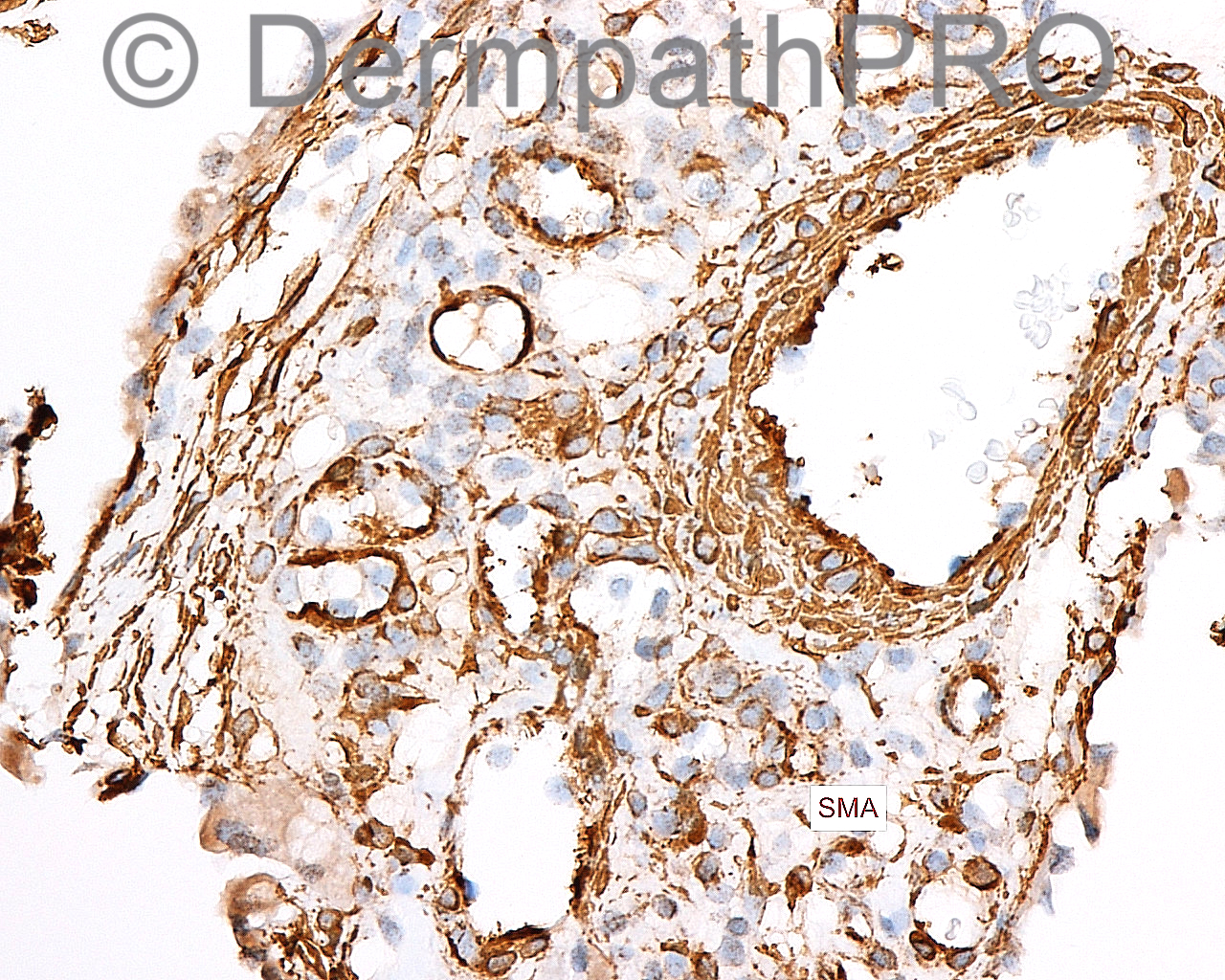
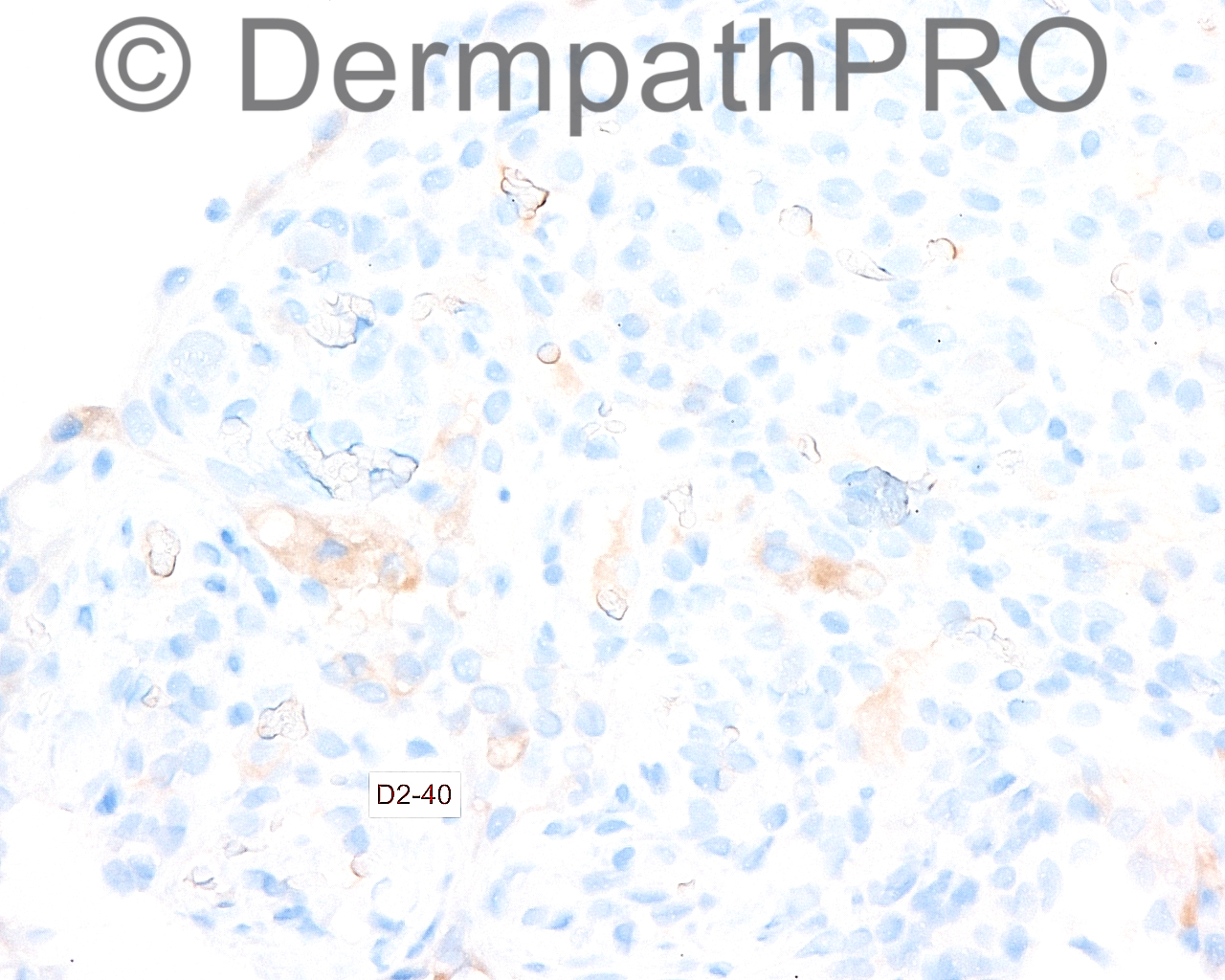
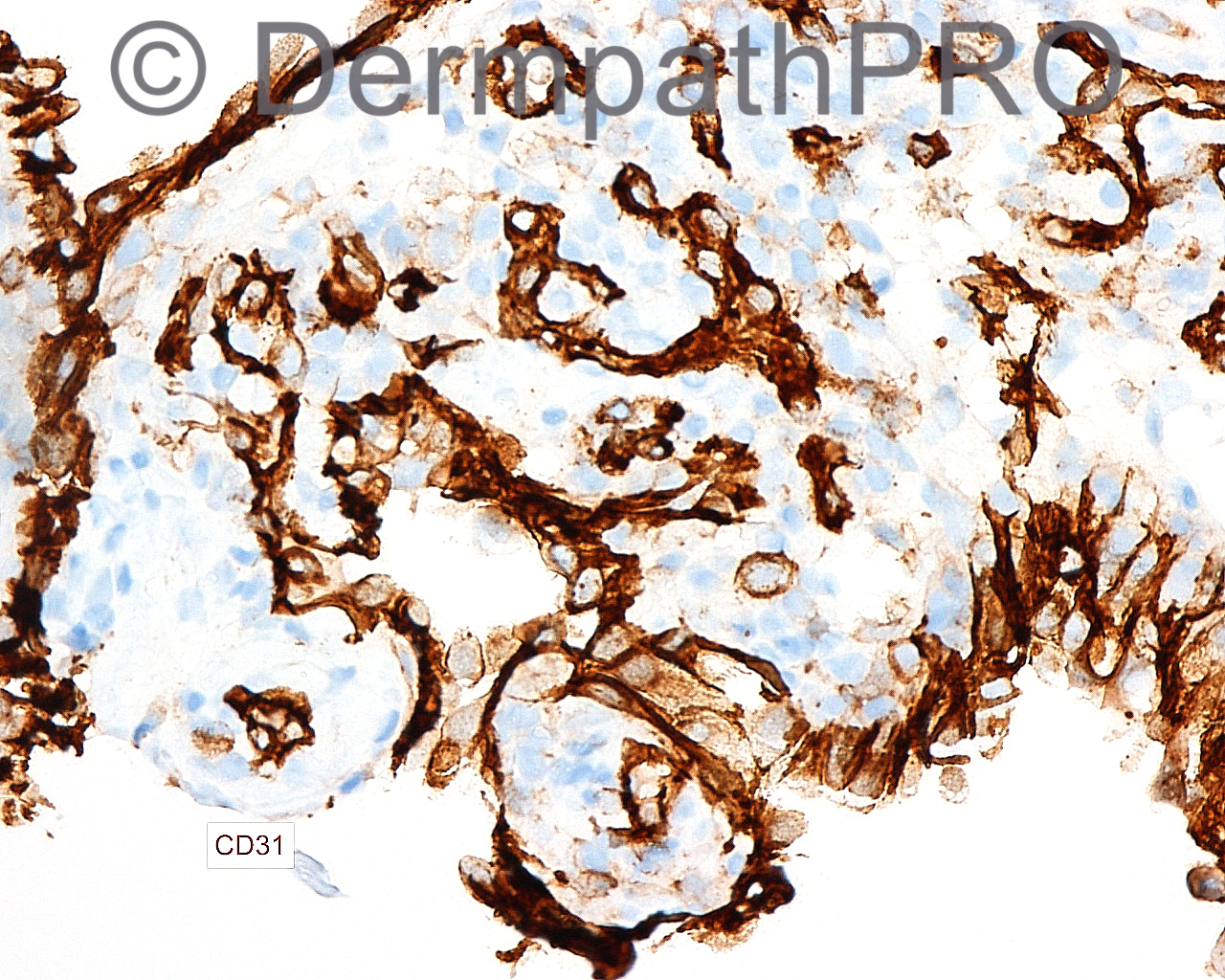
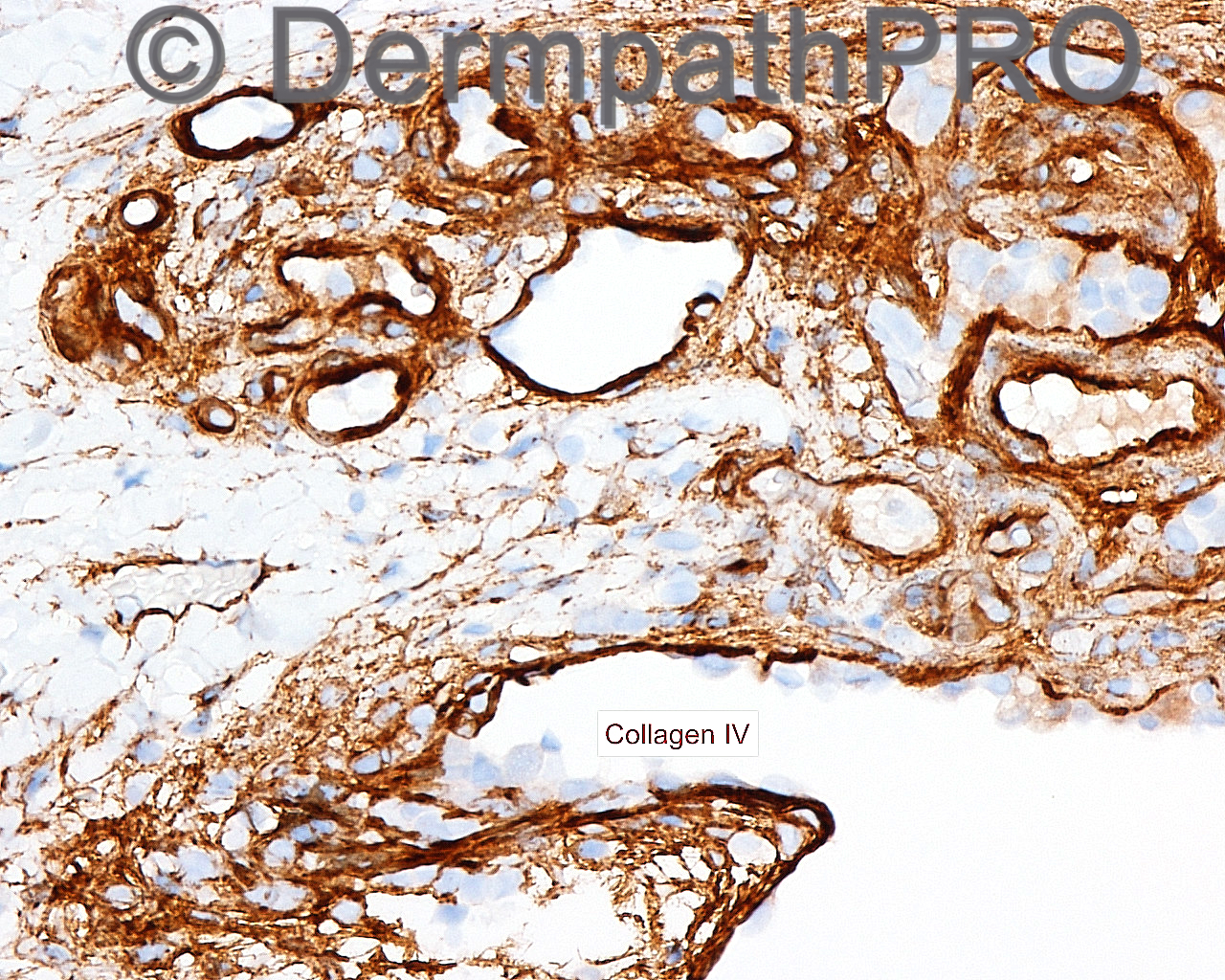
Join the conversation
You can post now and register later. If you have an account, sign in now to post with your account.